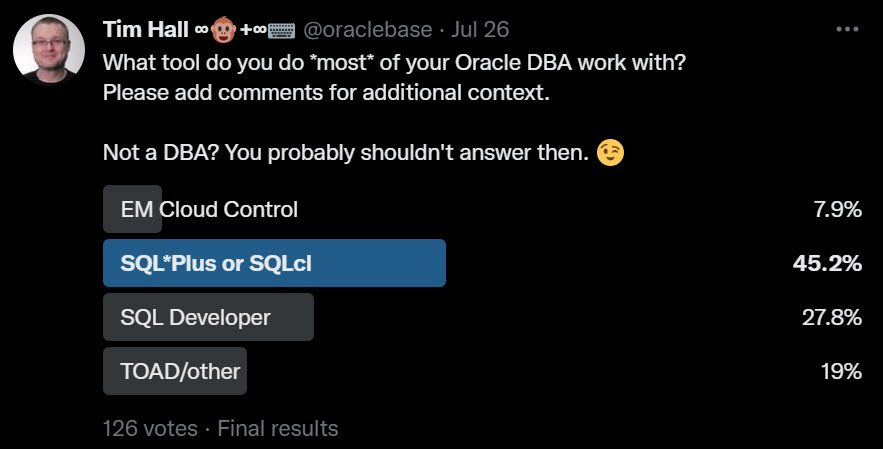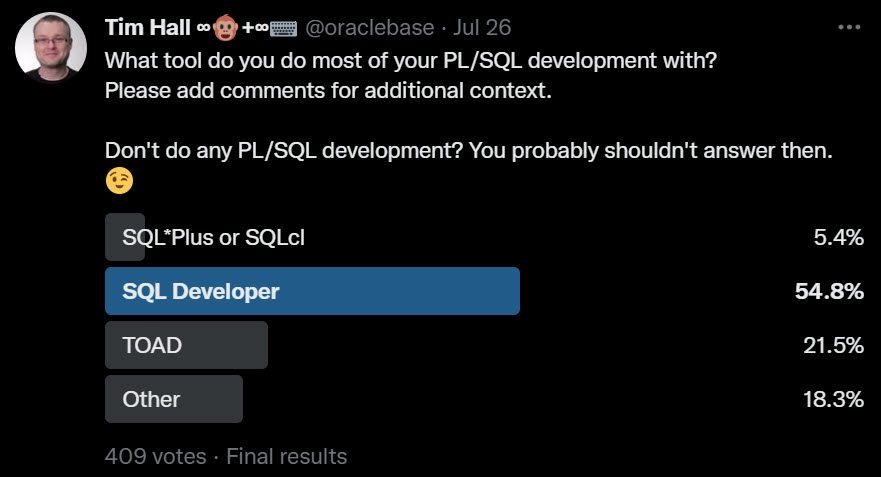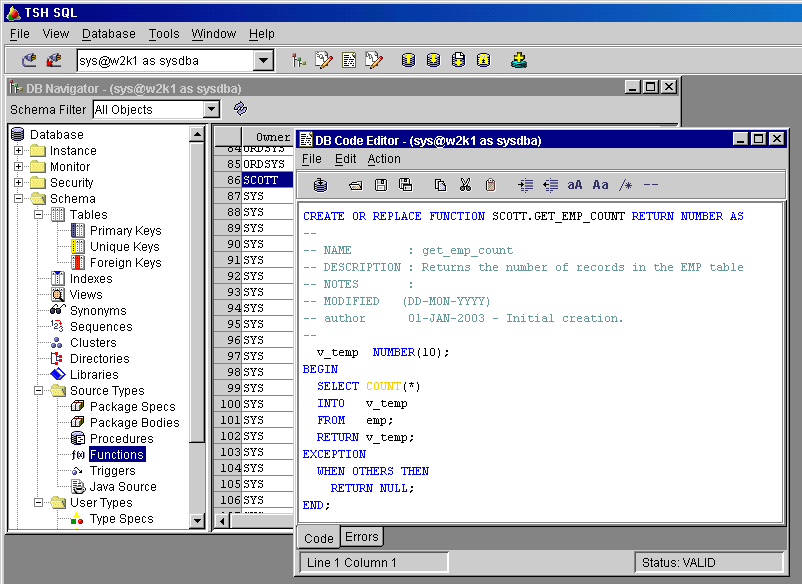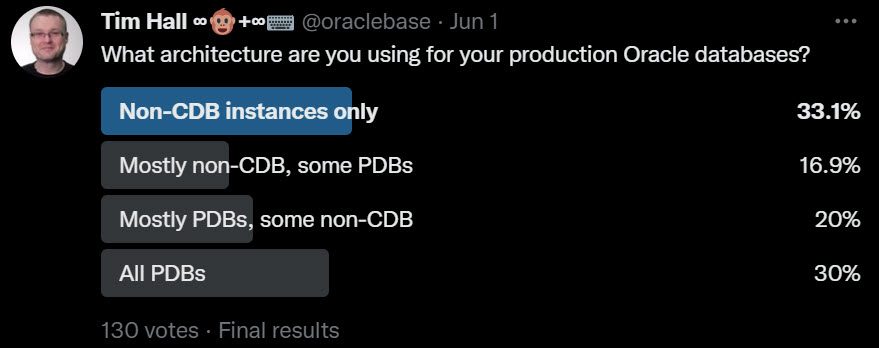I’ve touched on this subject in my writing tips and public speaking tips, but I wanted to elaborate a little, so here goes…
If you are creating content, at some level you want people to see that content. I always say I write for myself, and I do, because I have a terrible memory and I like to be able to reconnect with a subject. The best way I know how to do that is to take notes that I can refer back to later. Having said that, 22 years ago I made the choice to make my notes available on the internet, and so some part of me wanted people to read them. If not, I would have password protected them…
So what do you create content about?
This is where we get on to the subject of chasing an audience. I always say you should write about what is important to you. I think that’s the only way you can sustain any level of output for a prolonged period of time. Over the last 22 years I’ve seen many people come and go. Many! If you happen to be producing content that has mass appeal, you may well get a lot of readers and followers. If you are producing content on a niche topic, the likelihood is your base of followers will be smaller. I figure that should be obvious. Either way, you should do what you care about.
Are you pleasing your audience?
Even when you have built up an audience, not everything you produce will resonate with them. My website is predominantly known for Oracle DBA, SQL and PL/SQL articles, but in my day job I’m an allrounder. I have articles on the website about a range of things including general Linux topics, Terraform, Ansible and Containers. Invariably anything I produce that is not about core Oracle technologies performs really badly in terms of hits/views. A good example of that is my recent run of 10 videos about Ansible (YouTube playlist). From a views perspective is was a disaster. 🙂 I can’t lie and say that’s not a bit disappointing, but if I’m honest I knew it wouldn’t go well. It’s not what I’m known for, and it’s not a subject a lot of my core audience care about that much.
The important point is I wanted to make those videos, so from that perspective I achieved what I set out to do. Was it good for my core audience? No. Do I care? No. 🙂
I think you have to cut yourself some slack and understand not everything you produce will strike a chord. That’s fine. Don’t sweat it…
Does your audience span multiple platforms?
When I started my YouTube channel I figured I would get loads of subscribers and views because my website was so popular. I very quickly found out that was not the case. Most of my core audience don’t really care about watching videos on Oracle topics. Sure there is some crossover, but not that much. If I compare the stats for an article and a video on the same subject, the article out-performs the video by several orders of magnitude. I’ve pretty much had to build my YouTube following from scratch.
If you are producing content on multiple platforms, don’t stress about this. You will always have some platforms that work better for your content than others. If you enjoy pushing content to multiple platforms, do it. If not, stick with the ones you are happiest with, even if they aren’t the best performing…
Controversy sells, but…
I’ve said this numerous times before. If I blow my stack in a blog post, or on Twitter, it’s easy to get a lot of attention. On several occasions I’ve written negative posts about Oracle and had people reach out to me from the press for a quote. They love that “Oracle fanboy attacks Oracle” angle. Controversy sells, but the attention from controversy is fleeting. You’ve either got to keep doubling down on things and getting more extreme, or you will lose that attention.
Personally I think it’s important for the message to remain positive. I made a decision many years ago that I would try to keep my main website free from opinions, but allow myself some more latitude on the blog. I often say the website is for facts. The blog is for bullshit. 🙂
I do throw in some clickbait, like “The Death of the DBA” type articles, from time to time, but that’s because I think people are sleeping on a subject and I want to give them a kick. I don’t want people to wake up one morning and realise they’ve been left behind. So I could argue this type of “negativity” is done for a positive reason…
It’s not for me to tell you what you should write about, but I think you need to consider if you are looking for a viral moment, or something more sustained. I don’t think controversy is sustainable.
What about professional content creators?
If your job is being a content creator, you are going to have a lot more invested in pleasing an audience. If nobody is reading or watching your stuff, you aren’t going to get paid. You’ve got to look for subjects that pay the bills. I understand that, and this post is not really directed at you. 🙂
Conclusion
Some people may join in for the ride. Some people won’t be interested. Ultimately it doesn’t really matter. You do you! 🙂
Cheers
Tim…








